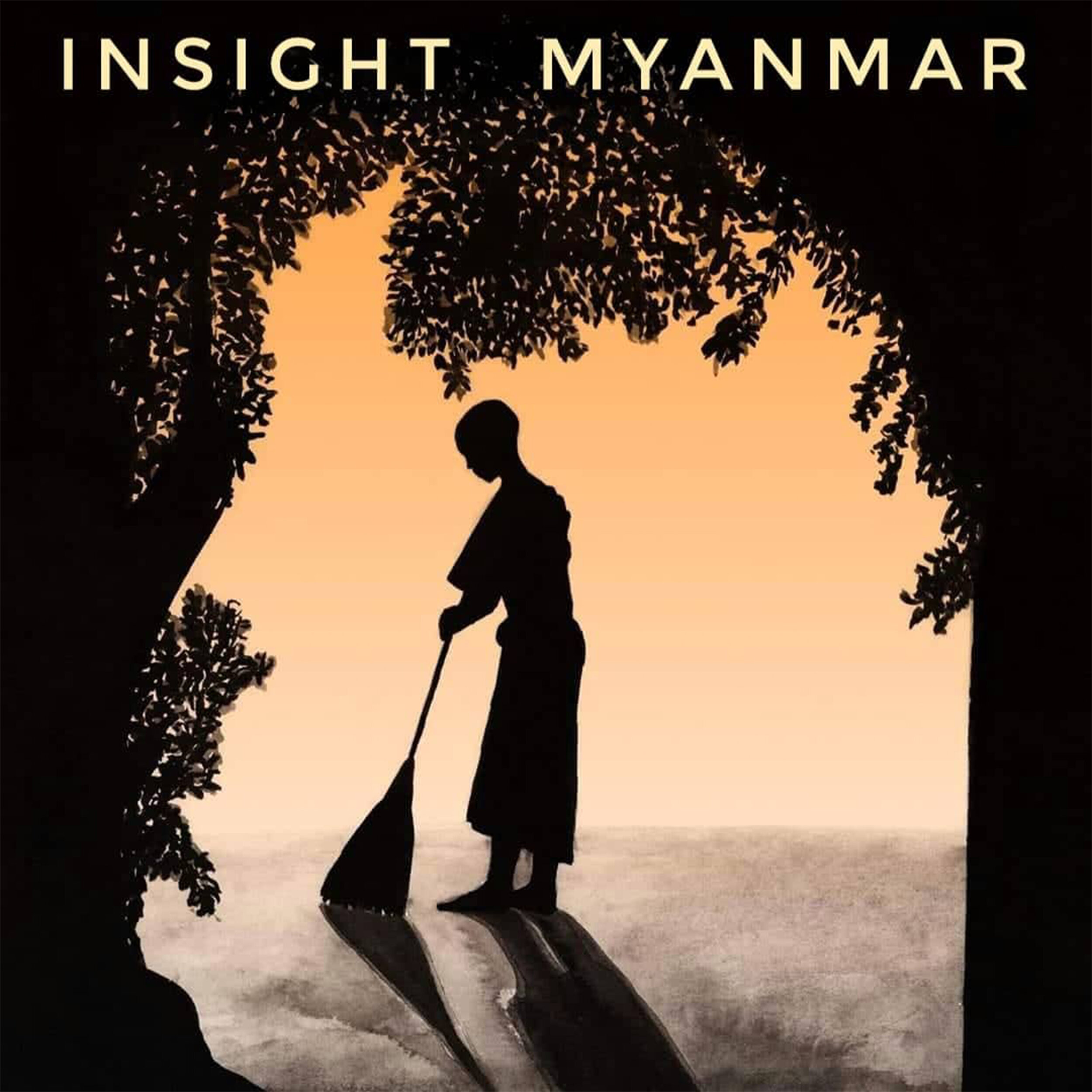Chaos in San Chaung
The following submission comes from Aiden Rivers, a pseudonym for someone in Yangon who is not able to reveal his identity due to safety reasons.
“The cadavers were dumped onto the streets with massive stitches sewn from their crotch to their neck. Their torsos were sunken in from being hollow, absent their essential organs.”
A forty-two year-old young mother of three named Shwe, in the San Chaung township, explained her ordeal during the 2021 coup in Myanmar. Like everyone, Shwe was angry when the coup occurred. She said if she didn’t have children, she would’ve joined her husband on the front lines of the protests. Instead, when soldiers began patrolling the streets in San Chaung at night, harassing and intimidating residents by shouting insults and obscenities at everyone, she huddled on the floor with her children in darkness. Her husband was arrested early on during the protests, and eventually, three months later, he was set free.
Occasionally, Shwe would sneak over to her balcony in the dark, and she’d watch the soldiers walk past on the street six stories down. Occasionally, someone from the densely populated buildings shouted insults back to the soldiers. Then soldiers would turn and fire their weapons at the buildings. She doubts anyone was shot at those times, but the terror and fear the soldiers spread over the people was enough to make them stop the return insults.
She explained that during the protests, the protesters would retreat into the dense network of small streets, which were offshoots of the main road crossing the neighborhood, called San Chaung Street. She said the protesters were all so young. She said they were filled with energy, anger, and fear, and they were determined to do their part to fight for freedom the same way young students from every preceding generation have done.
The mothers in San Chaung would, she said, “take care of the children,” by feeding them and giving them drinks, water, and snacks. Some mothers let young protesters take showers and let them use the toilet in their homes or even rest inside, away from the chaos. At one point, the mothers, aunties, and even the grandmothers of San Chaung organized a neighborhood coalition group and made quick and daring protest marches across the small streets. Then they dispersed and went home in time to escape any potential response by police. They often cooked large amounts of rice and curries then left it on the steps of their buildings and protesters would come by to eat, then return to the barricades. On one occasion hungry soldiers intercepted the food and ate it all.
When the military began shooting protesters, the main protest areas splintered away into the smaller streets, where more barricades went up. The mothers went to the barricades and helped to fill bags of sand, added trash, and they brought things like tables and chairs, old boxes, and anything they had, and they piled it onto the barricades.
When rumors spread that the military released criminals from prisons and ordered them to create chaos amongst the people, the men from the small streets of San Chaung organized a Night Guard. Young men hid in the shadows and watched for the criminals. When they spotted them, they blew whistles, and adult men charged into the streets to protect their homes and families. When the criminal assaults failed to create enough havoc, soldiers began patrolling the streets where they beat and arrested, and even killed on the spot anyone they caught. They fired tear gas and bullets at the Night Guards, and the teenaged Night Guards threw the tear gas back at the soldiers and ran away.
Shwe’s nephew was a Night Guard watchman, and he was caught in the act of returning a tear gas canister to the soldiers. She said before the coup he was a gentle boy who sang and played guitar, and he studied with his girlfriend. Minutes later, when only three soldiers were around him as he sat on the ground, he seized an opportunity to escape into a narrow space between two buildings. But they knew his name and he couldn’t go home. Instead, he left Myanmar by making his way to Mae Sot, Thailand, where he was given asylum status and sent to Australia. In the blink of an eye, her nephew’s life changed.
While he’s lucky he wasn’t killed immediately when he got caught, he may never have seen his home again if he didn’t run away. At the time he was captured, other young men like him were killed and their organs were stolen. The cadavers were dumped onto the streets with massive stitches sewn from their crotch to their neck. Their torsos were sunken in from being hollow, absent their essential organs. Shwe’s nephew may never see his Myanmar home again anyway, now that he lives in Australia, she said. But, she added, at least he’s alive.
